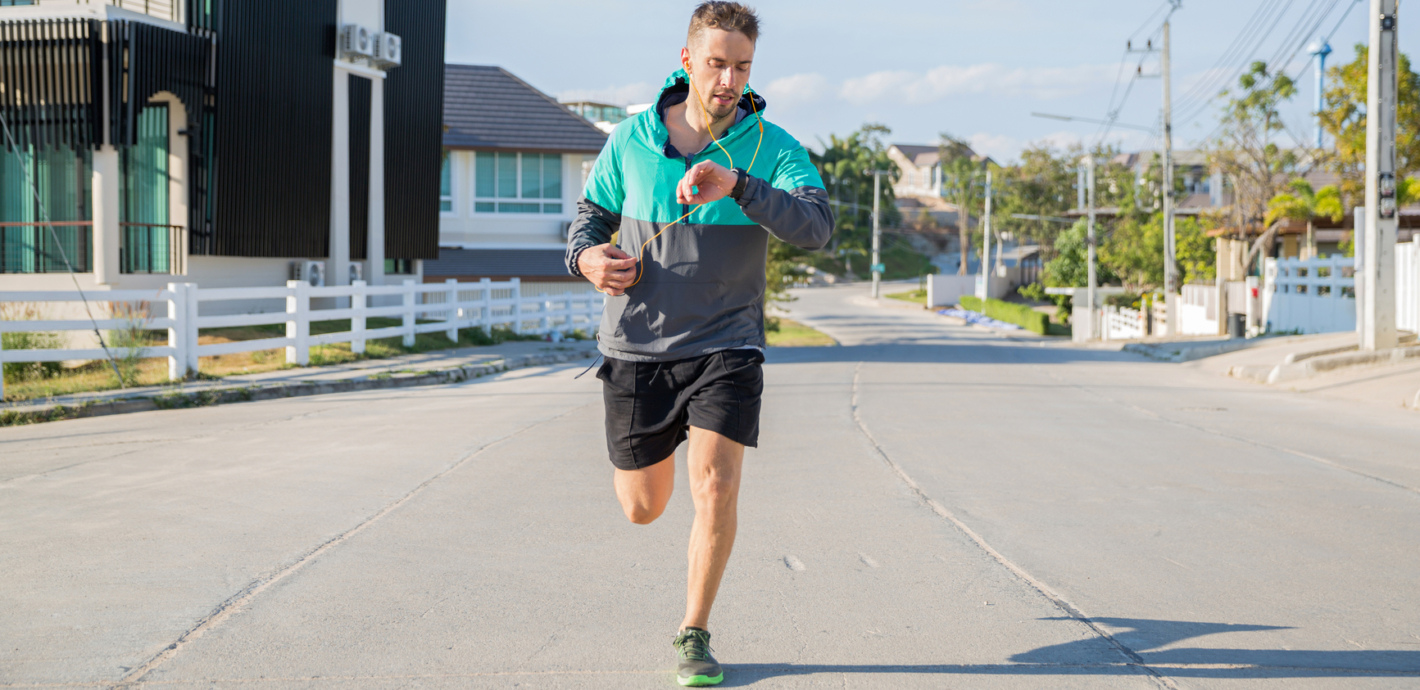You may be spending way too much time trying to get fit. It’s not that fitness isn’t worthwhile. Obviously, it is. The problem is that your strategy might not be the most efficient, anatomically speaking, so you may be working out for much longer than needed and getting a fraction of the desired results.
These days, the universal fitness strategy is based on looking fit, which means it all comes down to appearance. If you’re lean, taut, muscular, etc., you’re perceived as being in shape, though, in reality, you may not be. Scientifically, we know the real key to fitness is the following formula, in order of importance: nutrition, hydration, and activity. What you eat and drink really does affect how you look more than what you do. How you work out impacts what you eat and how much you drink. Your workouts don’t need to be long when it’s in the proper balance.
When most people exercise, they are not utilizing a full range of motion. In other words, you may not be compelling your load-bearing joints (shoulders, hips, knees and ankles) to move in all directions. When you go for a run, walk, or bike ride, your hips move in only one direction (forward), while your shoulders generally don’t move at all. At the gym, you may do an array of exercises and a multitude of reps, but how often do you lift your arms above your head or rotate your torso in either direction or move your body sideways?
How Often Should you work out each week?
Just half an hour of exercise five days a week can kick your health up a notch. In the short haul, it eases anxiety, lowers blood pressure, boosts sleep quality, and sharpens insulin sensitivity. Commit to it for the long haul, and you’ll see your brain function improve, bones strengthen, and heart health soar—all while slicing your depression risk. Plus, it keeps conditions like osteoarthritis, hypertension, type 2 diabetes, and ADHD in check.
Even a modest amount of activity can make a huge difference. The United States Department of Health and Human Services suggests adults aim for 150 to 300 minutes of moderate exercise, or 75 to 150 minutes of something more intense, each week. This could be as simple as a daily 20-minute stroll, three days per week 30-minute HIIT sessions, or a mix of both. Don’t forget to throw in a couple of resistance training sessions for extra oomph.
So, is more exercise better? Well, that’s up for debate. If you’re pondering whether to ramp up your fitness routine, stick around. We’re just getting to the good part!
How many days per week should you strength train?
You don’t have to live at the gym to build muscle. For many weightlifters, two or three sessions lasting 30 to 45 minutes each week are enough.
Research published in Sports Medicine reveals that for newbies lifting weights they can manage for 8-10 reps, significant gains come from performing one to three sets per muscle group, resting one to three minutes between sets, and targeting each muscle group two to three times a week.
Imagine powering through a full body routine to work all major muscle groups —think chest presses, squats, deadlifts, and dumbbell rows— using this approach. You could wrap up in just 32 minutes. Stick to this twice a week, and you’re clocking in just over an hour at the gym weekly.
But there’s a twist: it’s not just how long you train but how often. A study discovered that muscle growth soared with six daily eccentric contractions over five days, compared to cramming 30 contractions into one session a week. More frequent, shorter workouts might just be the secret sauce for bulking up!
How Many Days a Week Should You Do Cardio?
Got just 150 minutes a week to spare for physical activity, with a goal to boost your heart’s aerobic capacity? According to the latest findings, you’re all set!
Research published in JAMA observed nearly 200 overweight and inactive women to determine how exercise intensity and duration influenced their cardio fitness. The results? More exercise didn’t necessarily mean better results. All participants saw notable improvements in fitness, regardless of their total exercise time during the study.
And don’t sweat it if you can’t cram all your exercise into one go. A 2022 study discovered that breaking your workout into brief bursts of vigorous activity—each less than a minute—can significantly enhance your heart health and cut down the risks associated with a sedentary lifestyle. Plus, you can always pepper your day with quick fitness fixes from your favorite 5, 10, 15, or 20-minute classes on Youtube. Flexibility never felt so good!
What are the benefits of rest day?
Rest days are not just a break from your workout; they’re a crucial part of your fitness journey! When you give your body a chance to rest, you’re not slacking off—you’re charging up for better performance.
Studies show that muscles need time to repair and strengthen between workouts. Skipping rest days can actually stall your progress and increase the risk of injury. Think of your body like a battery that needs recharging to keep powering through those workouts.
Moreover, rest isn’t just physical; it’s mental too. Taking a day off helps clear your mind, which can boost motivation and keep you from burning out. So, whether it’s taking a leisurely walk, practicing yoga, or simply curling up with a good book, making rest days an integral part of your routine is key to a balanced fitness regimen. Remember, a well-rested body is a stronger, more efficient body. So, go ahead, take that well-deserved break and come back stronger!
Dehydration
When you move your load-bearing joints in all directions, as they were designed to do, you increase your basal metabolism, which helps the body generate heat internally. One result of that is thirst. Strange as it may sound, many people who exercise often suffer from dehydration. They’re not drinking enough because their thirst mechanism is malfunctioning, and that’s happening because their bodies, especially the lymph system, are retaining fluid.
internally. One result of that is thirst. Strange as it may sound, many people who exercise often suffer from dehydration. They’re not drinking enough because their thirst mechanism is malfunctioning, and that’s happening because their bodies, especially the lymph system, are retaining fluid.
Those fluids are the reason why you can’t get rid of those saddlebags on your hips and pudge around your gut—no matter how many miles you run. By generating internal heat from increased basal metabolism, you break down those fluids, releasing them from your body and achieving a leaner look.
More importantly, once you get rid of those fluids, your body’s thirst mechanism returns to normal, enabling you to reach adequate hydration levels, and that has a manifold impact on your appearance and fitness. Parents often ask the strength and conditioning coach at Stanford University football, Shannon Turley, what supplements their high school children should be taking. “Water,” he says. “It’s the only supplement they need.” He’s right, but the body must be prepared to properly receive that hydration.







